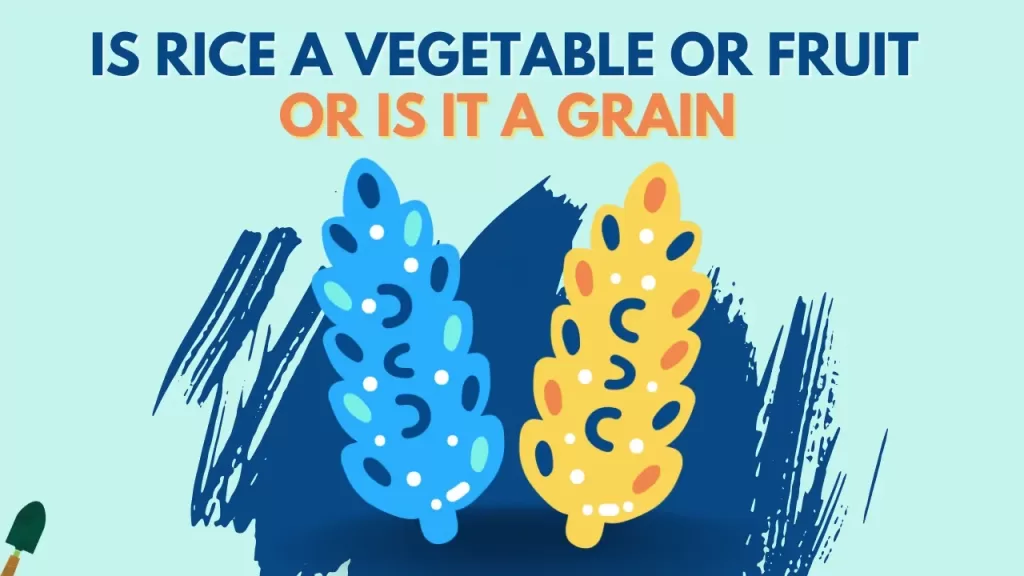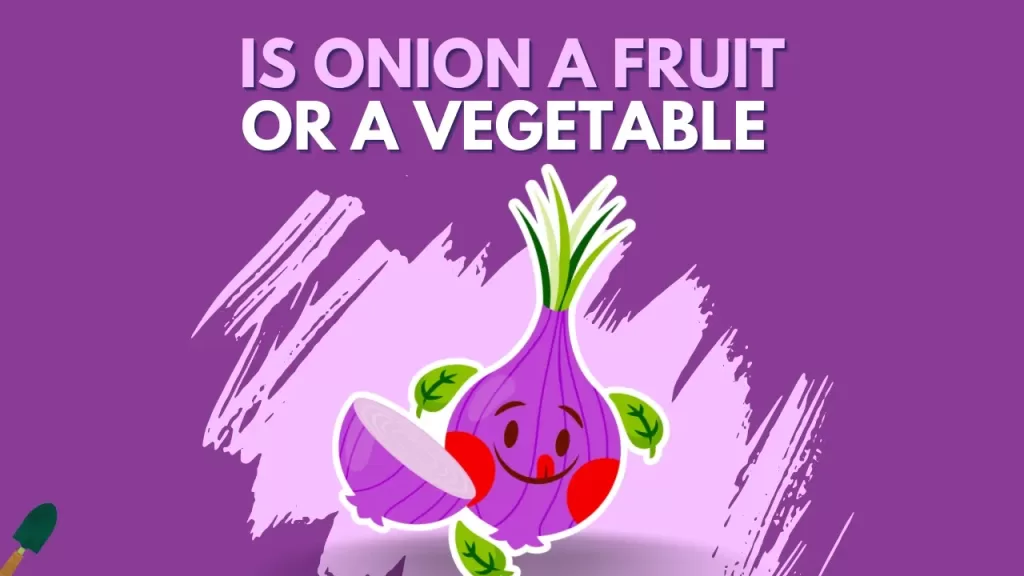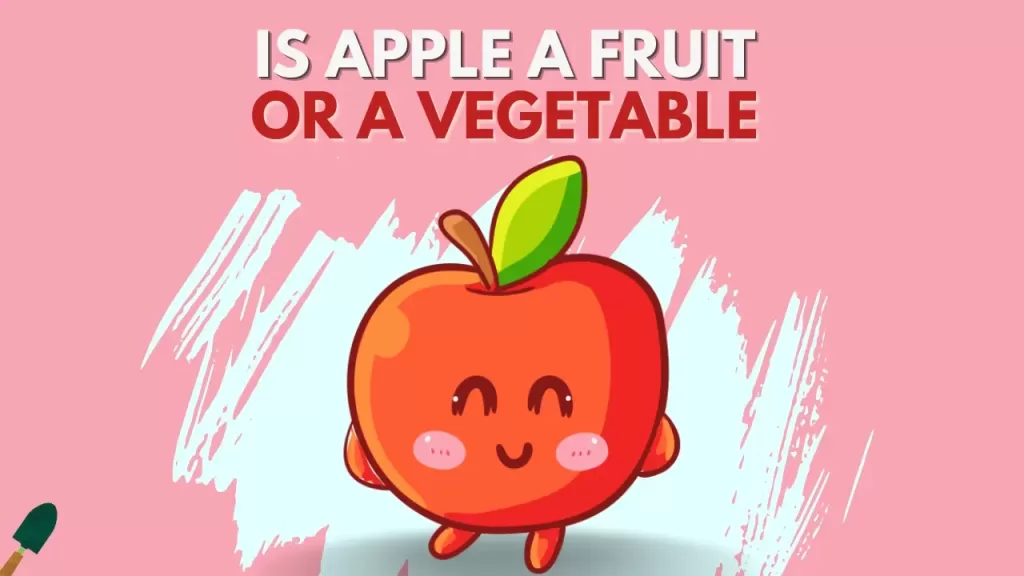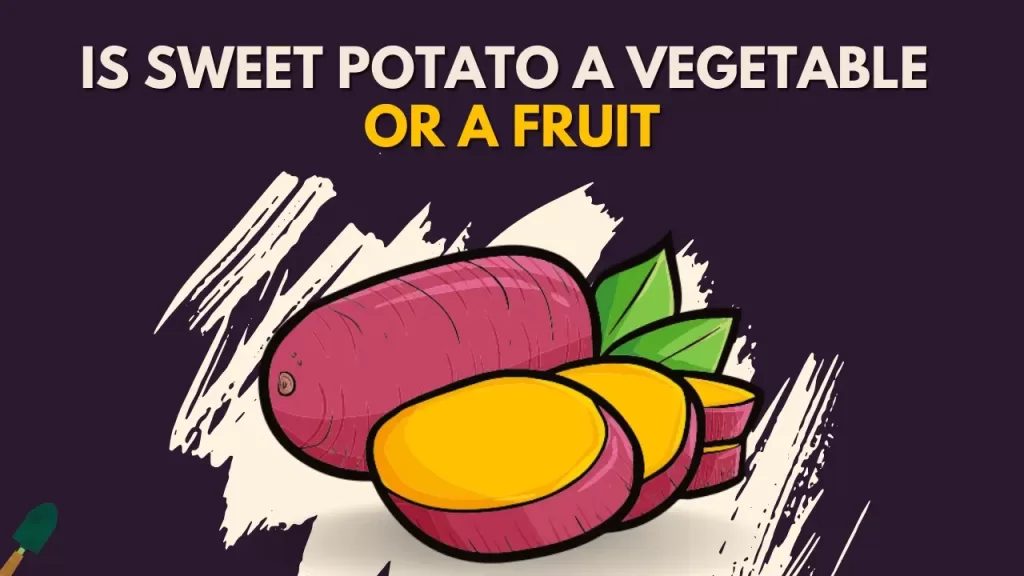What about the time when your kid asks you out of nowhere whether rice is a fruit or vegetable? What classification does it fit in? If that is so, why and why not? These are some general knowledge questions which we must know as we consume rice almost every day. Rice is one of the major staple foods used in different cuisines all over the world whether it be sushi or curry.
Dive in to know about similarities and features of fruits and vegetables, which category does rice fall in, and how to classify it. An extra enhancement would be that you would also know how to grow rice in just a simple few requirements along with the nutrients and benefits it provides your body with.

Is Rice a Vegetable or Not?
When we talk about the definition of vegetables in broad categories, they are parts of plants edible either for humans, animals, or plants themselves. It refers to every edible part of a plant including stems, leaves, roots, flowers, and seeds. Before arguing whether rice falls into this category, let’s talk about the five subcategories of vegetables structured by the USDA (United States Department of Agriculture)
- Starchy Vegetables (Potato)
- Dark Green Vegetables (Cucumber)
- Peas and beans (Kidney Beans)
- Orange and Red Vegetables (Carrots)
- MIscellaneous
So going by this broad definition yes you can include rice in a vegetable. But it would not still be precise to state that rice is a vegetable; as food and eatables are not just categorized on the basis of fruits and vegetables. Rather there exist 5 categories when food classification is concerned. Let’s see which category does rice fall in:
- DAIRY
Milk, cream, yogurt, cheese, and all the items obtained and derived from milk and milk products fall in this category. An ample amount of nutrition and calcium is obtained from this category, but still a small amount of consumption from this section is advisable according to nutritionists. Clearly, rice does not fall in this category.
- PROTEIN
Protein is one of the supreme building blocks of our body as it is involved in the fabrication and repair of muscles in our body. Protein can be significantly obtained through meat and poultry. Most vegans omit this and fulfill their criteria of protein by consuming plant and plant products like soybeans, lentils which fall in the category of legumes. As rice provides only 4 grams of protein per 200g, it isn’t limited to this category.
- FATS AND SUGARS
Fats are a vital component in energy sources and an excess of them is always stored for physical needs. Several vitamins like A, D, E, K are only absorbed by our body along with fats. Major sources include red meat, whole-fat animal dairy products, and vegetable products like oils. An unbridled rise in amounts of sugars and fats has been observed in junk foods. You only consume 0.6 grams of fat per 200 grams of rice, hence not for instance here.
- FRUITS AND VEGETABLES
Fruits and vegetables are magnificent sources of vitamins and minerals and are expected to hold a major part of our diet in our day-to-day life. To scale a precise line between the distinction between fruits and vegetables, fruits are part of flowers and their products whilst vegetables are the edible part of a plant consisting of roots, leaves, bulbs, and stems. As mentioned before, rice does not fall into this category due to the derivation of another class that suits much of it.
- CARBOHYDRATES
Carbohydrates are one of the three macronutrients required for living beings. Carbohydrates further simplify into glucose which is the building block of energy in our body. They are majorly obtained from cereals and grains. Other sources also include fruits, dairy products, and legumes. Now people as rice is a grain, you must be able to know that it falls into this category and therefore rice can be precisely termed as a grain.
What’s the Conclusion?
If we widen our perspective without falling into particulars, rice falls into the group of vegetables. But if we pinpoint accurate specifications, it is further classified into grains.
HENCE, RICE IS A GRAIN.
Now you may ask what is distinctive in grain and how it is classified. Let’s know a little bit about the term grain.
What Is a Grain?
A grain is a miniature, hardcore, and dry seed, sometimes with or without a fruit layer. The two major types of grains are legumes and cereals. They are chief providers of ample nutrients along with B vitamins(thiamine, riboflavin, niacin, folate), fibers, and mineral-like iron and magnesium Major sources of grain are:
- Barley
- Brown Rice
- Whole Wheat Bread
- Millet
- Oatmeal
- Buckwheat
Cereals are plants that provide edible cereal grains and all of the group into the grass family so does the rice plant. Legumes are plants that produce edible seeds from the Fabaceae family – flowering plants that mostly include trees and shrubs and result in beans and peas. From the description and summary of cereal grain, it is evident that rice would fall into cereals, and therefore it would be classified as a grain.
7 Easy Steps to Grow Rice in Your Backyard
Before knowing how to grow rice in your backyard, you got to know that there exist two types of rice according to the type of land they grow in it: Upland and lowland diversification. As the name suggests, upland varieties grow in drier conditions such as a normal garden or backyard whereas lowland varieties like paddy are grown in excess watery and flooded land. Here, we are going to summarize how to grow upland rice in our backyard within normal conditions
- Opt for a variety that is garden friendly for instance duborskian rice which I prefer in my garden as it grows in a short period of time. You can get it easily as it is available by many seed companies. You have to search for an appropriate rice type that is upland and easy to grow.
- You should initiate the process indoors under low light conditions around six weeks before the last expected spring frost.
- Transfer your seedlings now to a sunny well-concentrated spot when all the risks and chances of frost are eliminated. You need to mulch with straw or something so that soil moisture is maintained. Suppress the weeds surrounding it and maintain a distance from other plants as it may need some space.
- This rice does not demand much water as they absorb it from soil and sources like rain. If there is no rain, just water it once a week and remove the weeds when any appears.
- Plants will turn golden brown around the end of September and you may feel that the seeds are hard now. This is the perfect time for harvesting your rice. Chop the plants just above the soil and gather the bundle. Let it dry for some weeks in a well-ventilated spot.
- You need to thresh the seeds when the plant is completely dry. You do not need a thresher to do so as you did not grow a farm of rice. Therefore you can do it manually.
- Hull is not an edible part, therefore pound them or gently toss them in the air.
Done!!! Store your rice in a container or jar and you are ready to use it.
Health Benefits of Rice:
- Fiber can help you decrease your cholesterol levels and thus reduce the rate of chronic events such as heart stroke and diseases.
- It helps you feel fuller in less amount of consumption especially brown rice resulting in the maintenance of a healthy weight.
- Rice contains minerals and vitamins which help in the saturation and transport of oxygen along with blood.
Drawbacks of Eating Rice:
Though rice provides certain essential vitamins and minerals, it has a high glycemic index which may lead to diabetes. The amount of starch in it is ample and takes longer to dissolve the carbs. Hence too much rice should be avoided to maintain a balanced lifestyle, especially white rice.
Interesting Facts About Rice:
- The Great Wall Of China is grasped and held up together with the help of sticky rice.
- More than half of the world consumes rice as a staple food.
- Rice is cultivated on every continent except Antarctica.
- There exist more than 1,20,000 varieties of rice in the world.
- The Banaue Rice Terraces in the Philippines is stated to be the Eighth Wonder of the World.
FAQs (Frequently Asked Questions):
How Long Does It Take to Grow Rice?
Rice needs approximately four months to six months to complete its life cycle depending on the resources and conditions available.
How Much Rice Do You Get From One Plant?
One rice plant holds around 5-6 productive tillers. Each panicle has the potential to contain around 200 grains. So you can get at least 1000- 1500 grains per plant.
Which Rice Is the Healthiest to Consume?
Black rice, though hard to find, is the best rice to consume. Alternatively, brown rice can work wonders for you too as it provides calories, protein, and fiber to a greater extent than other varieties available.
I hope you can now answer your kid, whether rice is a vegetable or fruit. Do try out growing rice in your backyard and check out more of our articles to gain more knowledge and experience about lawns and food. Thanks for reading our article. Hope to see you soon.
Get Set Gardening!




